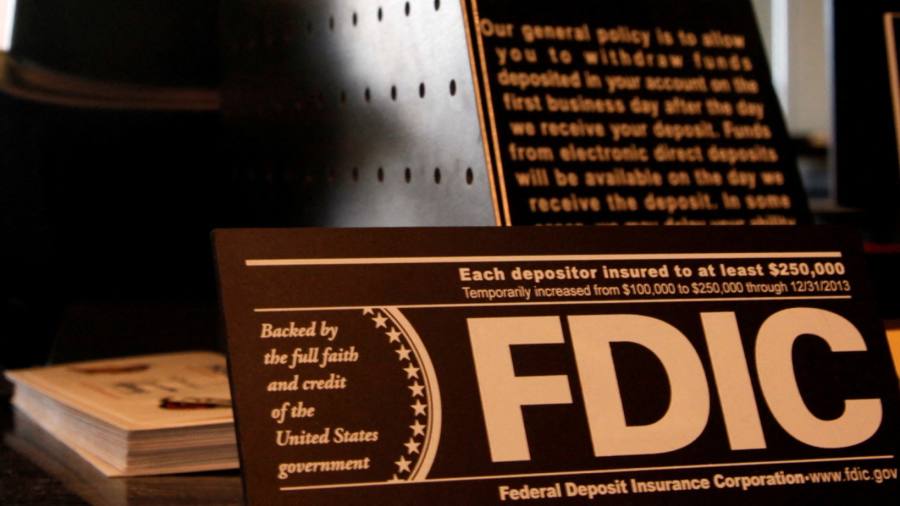The turmoil in the U.S. banking sector has drained government support funds that protect depositors, leaving it with the least firepower in nearly a decade to cover losses from future lender failures.
The federal deposit insurance fund had $116 billion in assets at the end of the first quarter, down from $128 billion at the end of 2022, according to data released Wednesday. The ratio of assets to insured deposits fell to 1.1, the lowest since 2015.
The number of banks on the FDIC’s so-called “problem list” was 43 at the end of the first quarter, up from 39 at the end of the year, the agency said in releasing the data. The FDIC discloses the number of banks on its problem list, but not the names.
Deposit funds have dried up after a period of turmoil for regional U.S. banks. The collapse of Silicon Valley Bank and Signature Bank in March cost the fund $20 billion. The first-quarter numbers didn’t reflect First Republic’s subsequent failure, which cost the fund another $13 billion and made the fund’s financial situation look even worse.
The FDIC reported the updated funds data as part of its quarterly banking overview. The agency also confirmed that, as the Financial Times reported earlier this month, Bank of America posted a record total profit of nearly $80 billion in the quarter. Deposits at US banks fell by nearly $500 billion during the quarter. In absolute terms, it was the largest drop in nearly 40 years, but it represented only 2% of the nearly $17 trillion in deposits in the US.
“Despite the stress of recent times, the banking industry has proven to be quite resilient,” FDIC Chairman Martin Gruenberg said in a statement. “However, these results, especially earnings, only include a few The longer-lasting effects of the industry’s response to this stress may not be fully felt until after second-quarter results are released.”
The data also showed a slight improvement in bank bond portfolios, which have been hit by rising interest rates. If U.S. banks are forced to liquidate those portfolios by the end of March, they would collectively face losses of up to $515 billion, down from unrealized losses of $617 billion at the end of 2022.
However, unrealized losses are still higher than a year ago, when they were around $300 billion, or close to zero by the end of 2021.
The improvement was the result of lower long-term bond rates, mainly in March, the FDIC said.
This article has been updated to properly describe the magnitude of the decline in U.S. bank deposits in the first quarter.


